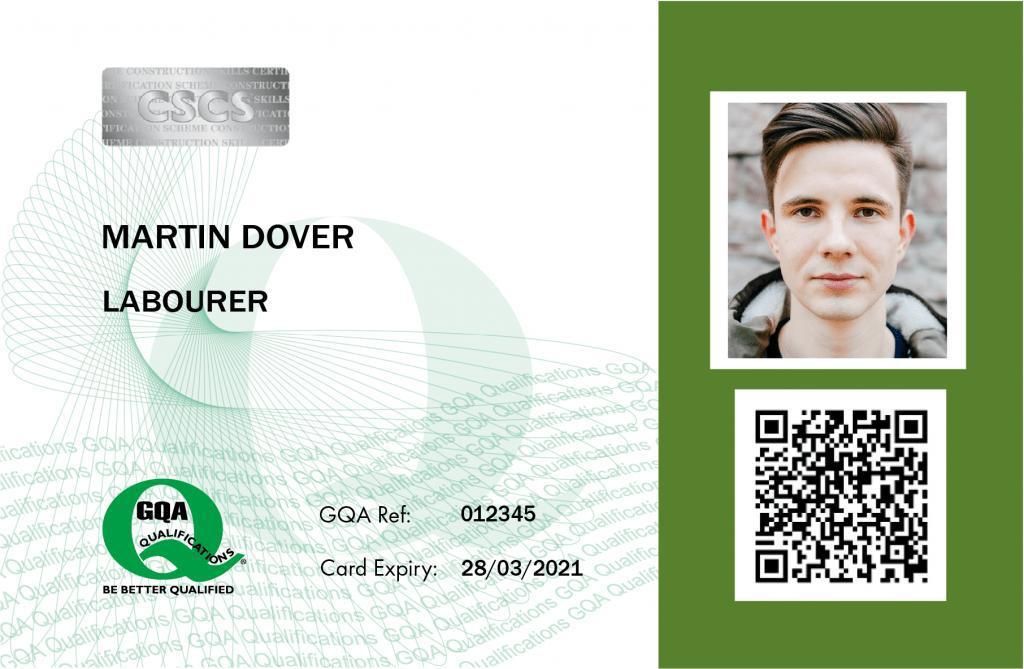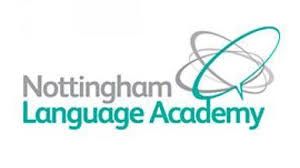
Building Rehabilitation and Repair Management
Course ID: 2506295901057EGI
Course Dates : 29/06/25 Course Duration : 5 Studying Day/s Course Location: Cairo, Egypt
Language: Bilingual
Course Category: Professional and CPD Training Programs
Course Subcategories: Leadership and Management Excellence
Course Certified By: * Projacs Academy
* Professional Training and CPD Programs
Certification Will Be Issued From :
KSA
Course Fees: £2,940.22
Vat Not Included in the price. VAT may vary depending on the country where the course or workshop is held.
Click to Pay
Date has passed please contact us Sales@e-s-hub.com
Course Information
Introduction
The field of building rehabilitation and repair management is integral to maintaining the longevity, functionality, and safety of existing infrastructure. As urban environments continue to evolve, the need for effective strategies in rehabilitating and repairing buildings becomes more pressing. This course aims to equip professionals with the knowledge and skills necessary to address the challenges associated with building repair and rehabilitation, while ensuring compliance with regulatory frameworks and industry standards.
Building rehabilitation is the process of restoring a structure to its former condition or upgrading it to meet modern standards. It goes beyond mere maintenance by addressing the root causes of deterioration, such as structural weaknesses, material degradation, and outdated systems. The rehabilitation process may involve both corrective and preventive measures, ensuring that a building continues to serve its intended purpose without compromising safety or performance. Repair management, on the other hand, deals with identifying and rectifying issues that impact a building’s functionality, often due to wear and tear or unforeseen damages.
Effective building rehabilitation and repair management are complex undertakings that require in-depth knowledge of construction techniques, engineering principles, and the regulatory environment. Challenges such as limited budgets, tight project timelines, and coordinating multiple stakeholders often arise. Additionally, an increased focus on sustainability and energy efficiency requires professionals to incorporate eco-friendly solutions and renewable technologies into their rehabilitation strategies. These complexities make the management of rehabilitation projects a dynamic and multifaceted discipline.
The repair process is not just about fixing problems; it involves strategic planning, detailed assessment, and ensuring the work meets the required safety and quality standards. Professionals must have a deep understanding of material properties, engineering mechanics, and construction practices to deliver successful outcomes. Additionally, the rehabilitation of heritage buildings presents its own set of challenges, as it often requires balancing the preservation of historical elements with the integration of modern infrastructure and technologies.
The industry has also seen an increasing emphasis on sustainable practices in rehabilitation and repair management. With growing concerns over environmental impact, professionals are called to adopt green practices, including the use of energy-efficient systems, low-impact materials, and the repurposing of existing structures. This not only reduces the environmental footprint but also offers long-term economic advantages by extending the life cycle of buildings and reducing the need for new construction.
Ultimately, the objective of this course is to bridge the knowledge gap in building rehabilitation and repair management, empowering professionals to plan, execute, and oversee successful projects. It is designed to enhance both theoretical understanding and practical expertise, equipping participants to manage complex rehabilitation and repair projects effectively, ensuring both the preservation of buildings and the enhancement of their functionality.
Objectives
By attending this course, participants will be able to:
Understand the key principles and concepts of building rehabilitation and repair management.
Assess building conditions accurately using industry-standard evaluation techniques.
Develop effective strategies for the rehabilitation and repair of both modern and historical buildings.
Navigate regulatory requirements and compliance standards relevant to rehabilitation projects.
Implement sustainable and cost-effective practices in the rehabilitation and repair of buildings.
Manage and supervise repair projects, ensuring safety, quality, and timely delivery.
Analyze and mitigate common challenges such as budget constraints, stakeholder management, and project delays.
Integrate innovative solutions in building repair, considering both current needs and future growth.
Apply modern technologies and materials to improve the performance and longevity of buildings.
Develop a risk management plan that anticipates potential issues during rehabilitation and repair.
Who Should Attend?
This course is ideal for:
Building and construction professionals, including project managers, engineers, and architects, seeking to expand their expertise in rehabilitation and repair.
Facilities managers and maintenance supervisors responsible for the upkeep and enhancement of commercial, residential, and industrial buildings.
Consultants and contractors involved in the planning and execution of rehabilitation and repair projects.
Sustainability experts looking to integrate green building practices into rehabilitation and repair strategies.
Urban planners and policymakers interested in understanding the intricacies of building preservation and rehabilitation.
Professionals in the heritage and conservation sector seeking to enhance their technical skills in managing the repair of historical structures.
Anyone involved in property management, real estate development, or asset management, with a focus on maintaining or improving the condition of aging buildings.
Training Method
• Pre-assessment
• Live group instruction
• Use of real-world examples, case studies and exercises
• Interactive participation and discussion
• Power point presentation, LCD and flip chart
• Group activities and tests
• Each participant receives a 7” Tablet containing a copy of the presentation, slides and handouts
• Post-assessment
Program Support
This program is supported by:
* Interactive discussions
* Role-play
* Case studies and highlight the techniques available to the participants.
Daily Agenda
The course agenda will be as follows:
• Technical Session 08.30-10.00 am
• Coffee Break 10.00-10.15 am
• Technical Session 10.15-12.15 noon
• Coffee Break 12.15-12.45 pm
• Technical Session 12.45-02.30 pm
• Course Ends 02.30 pm
Course Outlines
Introduction to Building Rehabilitation and Repair
Overview of Building Rehabilitation: Definitions, scope, and significance of rehabilitation and repair in modern construction.
Building Assessment Techniques: Methods for evaluating the condition of structures, including visual inspections, non-destructive testing, and diagnostic tools.
Fundamentals of Repair Management: Understanding the repair process, from identification of issues to execution.
Compliance and Legal Requirements: Overview of regulations governing building rehabilitation, including codes, standards, and environmental guidelines.
Day 2:
Strategic Planning for Rehabilitation Projects
Developing a Rehabilitation Plan: Key elements of a successful strategy for planning rehabilitation projects.
Risk Management in Building Rehabilitation: Identifying and mitigating potential risks in repair and rehabilitation projects.
Material Selection and Repair Techniques: Exploring appropriate materials and methods for different types of repairs.
Sustainability Considerations: Incorporating energy efficiency, sustainability, and green technologies in rehabilitation strategies.
Day 3:
Heritage and Historical Building Rehabilitation
Challenges in Heritage Preservation: Special considerations in rehabilitating heritage and historical buildings.
Balancing Modernization and Preservation: Techniques for integrating contemporary systems while preserving historical elements.
Case Studies of Successful Heritage Projects: Real-world examples of effective heritage rehabilitation and repair.
Cultural and Legal Constraints in Heritage Projects: Navigating cultural sensitivities and legal frameworks when working with historic properties.
Day 4:
Project Management in Rehabilitation and Repair
Managing Rehabilitation Projects: Practical aspects of managing repair projects, including budgeting, scheduling, and stakeholder coordination.
Quality Control and Assurance: Ensuring repairs meet industry standards and regulatory requirements.
Addressing Challenges in Complex Projects: Managing unforeseen issues and complexities in large-scale rehabilitation projects.
Technology in Repair Management: Leveraging modern technologies such as BIM (Building Information Modeling) for improved project management and efficiency.
Day 5:
Advanced Practices and Future Trends in Rehabilitation
Innovations in Repair and Rehabilitation: Exploring emerging trends and technologies, including advanced materials and automated repair solutions.
Circular Economy in Building Rehabilitation: The role of the circular economy in extending the lifespan of buildings and reducing waste.
Planning for Long-Term Maintenance: Developing strategies for ongoing maintenance and future-proofing buildings after rehabilitation.
Final Case Study Review and Discussion: A comprehensive discussion of case studies, highlighting the application of learned concepts and best practices.



















































